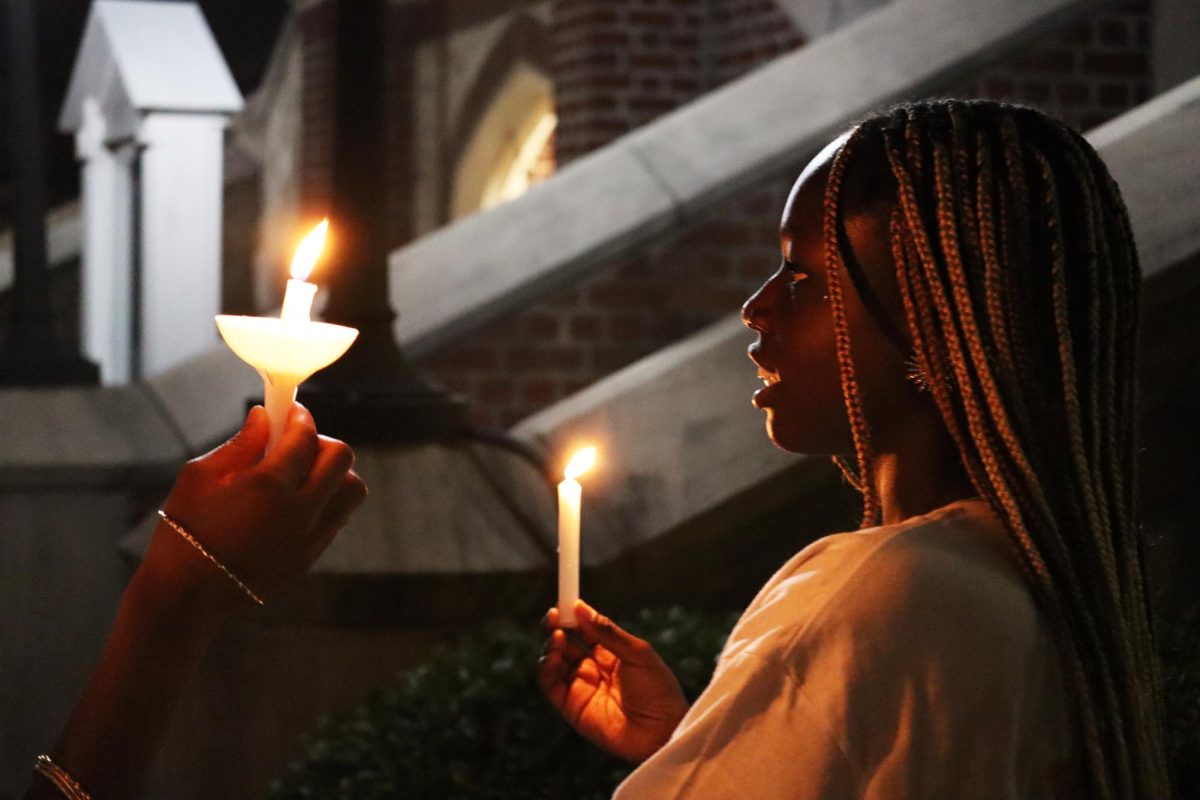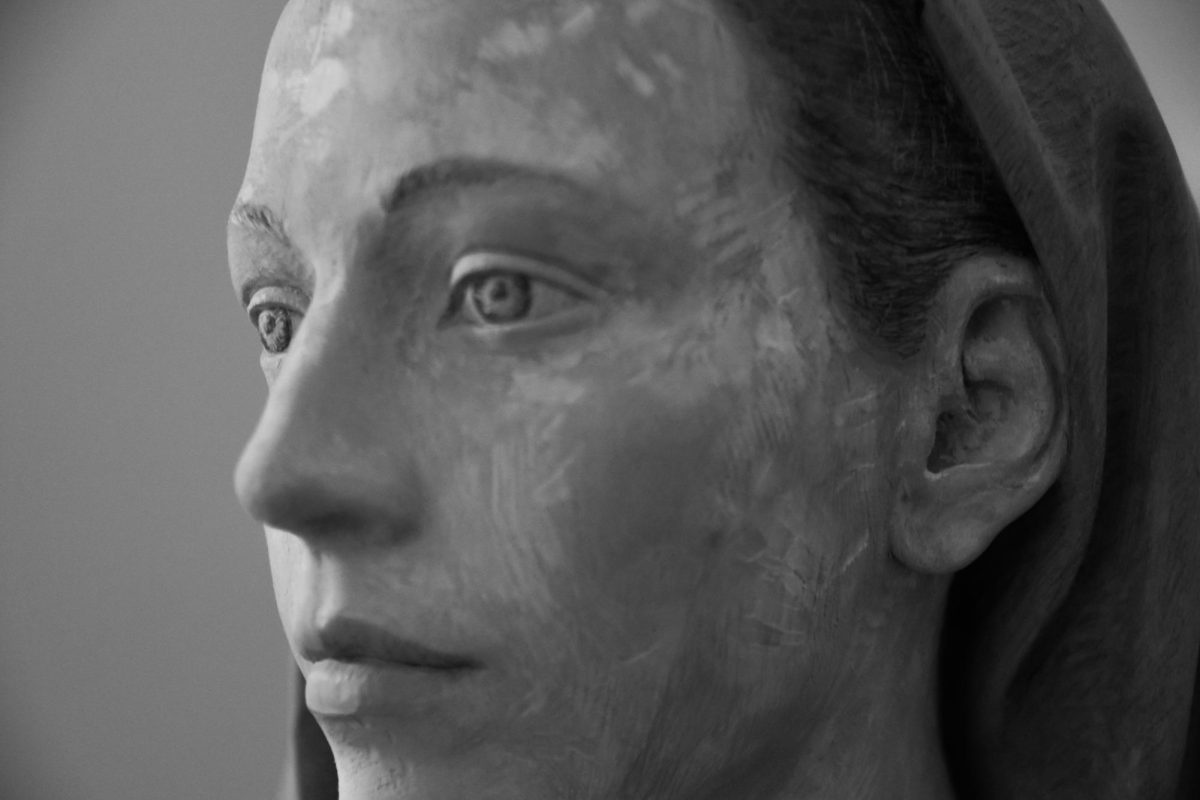Many people agree that a lot of well-known artists like Picasso and Da Vinci created works that came before their time. Recently, more obscure works have been recognized as masterpieces and worthy of placement in the best, most prestigious art museums.
Such is not the case with the modern art that is peppered through out Loyola’s campus. I can’t imagine a time will come when people disregard real art because they would prefer something that, at best, confuses them. At worst, the modern art placed around campus causes one to wonder why Loyola University would ever consider such pieces to be aesthetically pleasing.
All of the modern art is questionable; however, the worst of them all is the big, yellow, hairy pill named Yellowcake, unfortunately placed just shy of the library in full view for anyone with music or science classes.
The only passable pieces – namely, the metal statues with no recognizable form – seem to have been purposely placed between Marquette and Bobet Halls, away from where most pedestrian traffic passes, while the most atrocious and visually offending piece work was placed right next to Monroe Hall, a main point of pedestrian traffic if there ever was one.
It is understandable that the artwork was created for a cause, and a reasonable one at that. After months of taking away from the aesthetics of the surrounding area, I believe it is time to haul Yellowcake away and relieve us from the fat, ropy eyesore.
My suggestion is we take the metal sculptures placed between Marquette and Bobet (or find some like them) and put them in a place that is more densely populated. Then, set the Yellowcake structure some place where it can rot peacefully.
This way, visitors and students can assume there might be some deep, meaningful reason behind the arbitrary shapes and curves that form the metal structures, rather than think to themselves, “I might have thought that these metal statues were insightful and beyond my capacity to fully understand, but that Yellowcake thing over there just tells me Loyola University can’t even pretend to know art.”
This suggestion to rearrange the modern art structures is my more lenient one. What I’d really like to see happen is for all the modern art to be replaced with real (read: “better”) art that does not take away from the inherent beauty of our campus.







